Home>Garden Essentials>How Long To Grow Brussel Sprouts From Seed
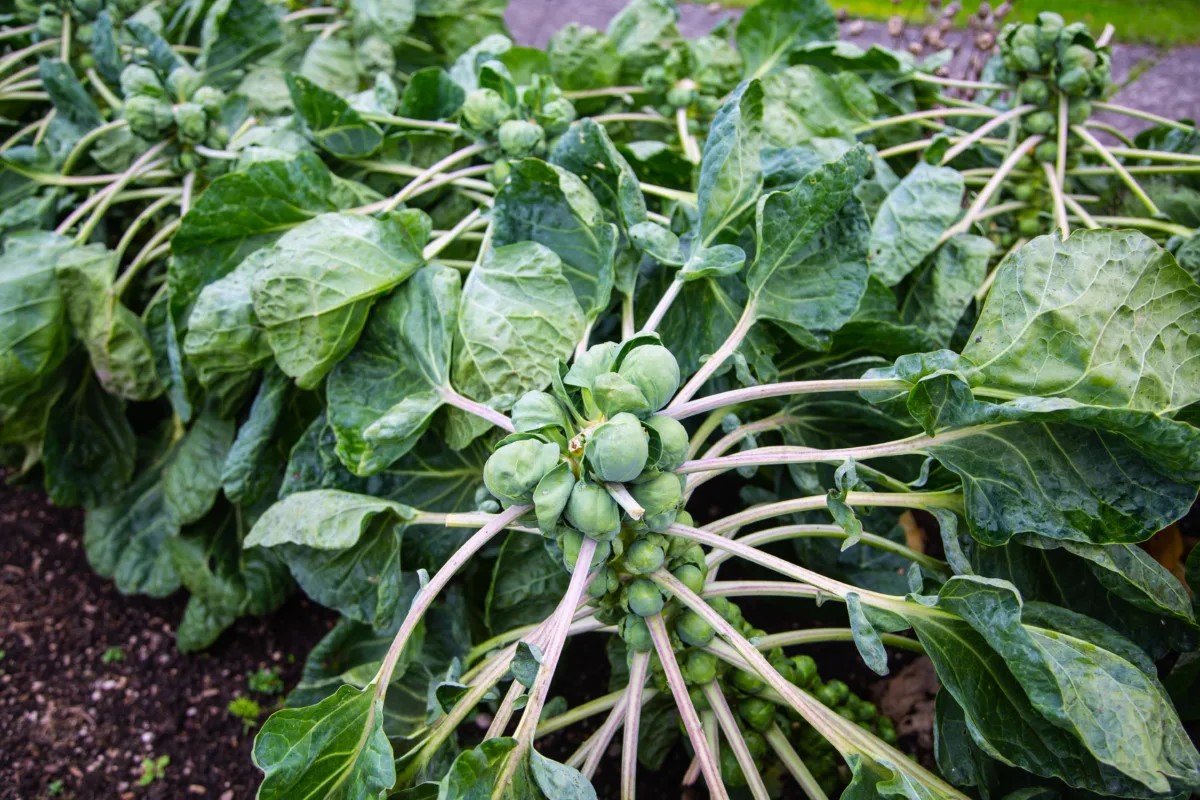

Garden Essentials
How Long To Grow Brussel Sprouts From Seed
Modified: August 28, 2024
Learn how long it takes to grow Brussel sprouts from seed in your garden. Discover useful tips and tricks for successful cultivation.
(Many of the links in this article redirect to a specific reviewed product. Your purchase of these products through affiliate links helps to generate commission for Storables.com, at no extra cost. Learn more)
Introduction
Brussel sprouts, scientifically known as Brassica oleracea var. gemmifera, are a fascinating and nutritious vegetable to grow in your garden. These miniature cabbage-like vegetables are packed with vitamins, minerals, and fiber, making them an excellent addition to any diet. While you can purchase young brussel sprout plants from a nursery, there is something rewarding and satisfying about growing them from seed.
In this article, we will explore the process of growing brussel sprouts from seed, including the benefits of starting from scratch and the factors that can affect their growth time. By understanding the steps involved in planting, germination, and caring for brussel sprout seedlings, you will have the knowledge and skills to successfully cultivate this delicious and nutritious vegetable in your own garden.
Key Takeaways:
- Growing brussel sprouts from seed is cost-effective, offers variety, and provides a sense of accomplishment. It’s a rewarding journey that allows you to connect with nature and enjoy the fruits of your labor.
- To grow healthy brussel sprout seedlings, provide proper care, monitor for pests and diseases, and harvest at the right time for optimal flavor. Enjoy the satisfaction of homegrown brussel sprouts on your dining table!
Read more: How To Grow Brussel Sprouts From Seeds
What Are Brussel Sprouts?
Brussel sprouts are a member of the Brassica family, which also includes cabbage, broccoli, and kale. These miniature, cabbage-like vegetables grow on tall stalks and are known for their distinctive taste and texture. They are often described as having a mild, nutty flavor with a hint of bitterness.
Brussel sprouts are packed with essential vitamins and minerals, making them a valuable addition to a healthy diet. They are an excellent source of vitamin C, vitamin K, folate, and potassium. Additionally, they contain significant amounts of fiber, which aids digestion and promotes a healthy gut.
These green gems are not only nutritious, but they also offer a range of health benefits. Brussel sprouts are rich in antioxidants, which help protect cells against damage from harmful free radicals. They also contain phytochemicals, such as glucosinolates, which have been shown to have anti-inflammatory and cancer-fighting properties.
Brussel sprouts are a versatile vegetable that can be prepared in various ways. They can be steamed, roasted, sautéed, or even grilled. Their unique texture makes them a popular ingredient in stir-fries, salads, and side dishes.
Whether you enjoy their distinct taste or want to reap the nutritional benefits, growing brussel sprouts in your garden allows you to have a fresh supply of this remarkable vegetable at your fingertips.
Benefits of Growing Brussel Sprouts from Seed
Growing brussel sprouts from seed offers several advantages over purchasing young plants from a nursery. Here are some of the benefits:
- Cost-effective: Buying brussel sprout seeds is more economical than purchasing mature plants. A packet of seeds contains numerous seeds, allowing you to grow multiple plants at a fraction of the cost.
- Increased variety: When starting from seed, you have a wider selection of brussel sprout varieties to choose from. This opens up possibilities for experimenting with different flavors, sizes, and colors.
- Greater control: Growing from seed gives you complete control over the growth process. You can ensure that your plants are free from pesticides and other harmful chemicals, resulting in healthier and more sustainable produce.
- Stronger root system: Seed-grown brussel sprouts tend to develop more robust root systems compared to transplants. This allows them to better absorb nutrients from the soil, leading to improved plant health and productivity.
- Sense of accomplishment: Watching your brussel sprout seeds germinate and grow into healthy plants is incredibly rewarding. From the moment you sow the seeds to the time you harvest the fully grown brussel sprouts, the experience can be both educational and satisfying.
By growing brussel sprouts from seed, you have the opportunity to learn more about the life cycle of these plants and gain valuable gardening skills. It is a fulfilling journey that allows you to connect with nature and enjoy the fruits of your labor.
Planting Brussel Sprouts Seeds
Planting brussel sprout seeds is an exciting first step in the journey of growing this delicious vegetable. Here are the key steps to follow:
- Selecting the right time: Brussel sprouts thrive in cooler temperatures, so it’s essential to plant them at the appropriate time. Start your seeds indoors about 6 to 8 weeks before the last expected frost date in your area. This will give your seedlings a head start and ensure they are ready to transplant outdoors when the weather is favorable.
- Preparing the soil: Brussel sprouts prefer rich, well-draining soil. Before sowing your seeds, prepare the planting bed by loosening the soil and removing any weeds or debris. Incorporate organic matter, such as compost or well-rotted manure, to improve soil fertility.
- Sowing the seeds: Fill seed trays or small pots with a seed starting mix. Moisten the mix before sowing the seeds to provide adequate moisture for germination. Plant one or two seeds in each cell or pot, about 1/4 inch deep. Gently press the soil over the seeds and mist with water.
- Providing the ideal conditions: Place the seed trays or pots in a warm location with plenty of bright, indirect sunlight. Maintain a consistent temperature between 65-75°F (18-24°C) to encourage germination. Keep the soil evenly moist but not waterlogged.
- Transplanting the seedlings: Once the seedlings have two sets of true leaves and are about 6-8 inches tall, they are ready to be transplanted outdoors. Harden off the seedlings by gradually exposing them to outdoor conditions over the span of a week before planting them in the garden.
Remember to provide adequate spacing between the plants, allowing each brussel sprout to have enough room to grow and develop. Typically, they should be planted 18-24 inches apart in rows that are 2-3 feet apart.
With these steps, you’ll be on your way to successfully planting brussel sprout seeds and nurturing them into healthy young seedlings ready to be transplanted outdoors.
Germination Period for Brussel Sprouts
The germination period for brussel sprouts refers to the time it takes for the seeds to sprout and emerge from the soil after planting. Understanding the germination process is crucial for successful brussel sprout cultivation. Here is what you need to know:
The germination period for brussel sprouts typically ranges between 7 to 10 days, but it can vary depending on various factors such as temperature, soil conditions, and seed quality.
Temperature plays a significant role in seed germination. Brussel sprout seeds prefer a soil temperature of around 70°F (21°C). Providing consistent warmth by using a heating mat or placing the seed trays in a warm location can expedite the germination process.
Moisture is another vital factor for successful germination. Keep the soil evenly moist, but avoid overwatering, as excessively wet conditions can lead to seed rot or fungal diseases. It’s best to mist the soil or use a gentle sprinkler to avoid disturbing the seeds.
It’s important to note that the germination period may vary for different brussel sprout varieties. Some varieties may germinate slightly faster or slower than others, so it’s always helpful to refer to the seed packet instructions for specific information.
Once the brussel sprout seeds have germinated and the seedlings have emerged, provide them with plenty of light to promote healthy growth. Move the seedlings to a location with bright, indirect sunlight or use grow lights if you’re growing them indoors.
During the germination period, it’s crucial to monitor the seed trays regularly. Look for signs of sprouting and ensure that the soil remains adequately moist. Once the seedlings have emerged, continue to provide them with proper care and attention to ensure their successful development into mature brussel sprout plants.
By understanding the germination period and providing optimal conditions, you can maximize the success rate of brussel sprout seed germination and ensure a healthy start for your vegetable garden.
Brussel sprouts take about 80-100 days to grow from seed to harvest. Start seeds indoors 6-8 weeks before the last frost, then transplant them outside once the soil is workable. Keep them well-watered and fertilized for best results.
Factors Affecting the Growing Time of Brussel Sprouts from Seed
The growing time of brussel sprouts from seed can vary depending on several factors. Understanding these factors will help you anticipate the time it takes for your brussel sprout plants to reach maturity. Here are the key factors that can influence their growing time:
- Brussel Sprout Variety: Different varieties of brussel sprouts have varying growing times. Some varieties are early maturing, taking around 90 to 100 days from planting to harvest, while others are late maturing, requiring 120 to 150 days or even longer. When selecting varieties, consider their specific maturity dates to plan your planting and harvest timeline accordingly.
- Temperature: Brussel sprouts thrive in cool weather and can tolerate light frost. They prefer daytime temperatures between 60-70°F (15-21°C) and nighttime temperatures around 45-55°F (7-13°C). Warmer temperatures can cause the plants to bolt and flower prematurely, while cold temperatures can slow down their growth. Thus, temperature fluctuations can impact the overall growing time of the plants.
- Light: Brussel sprouts require at least 6 hours of direct sunlight per day to grow well. Insufficient light can result in leggy and weak plants, which may take longer to reach maturity. If you’re growing them indoors or in low-light conditions, supplementing with grow lights can help provide the necessary light intensity and duration for optimal growth.
- Soil Conditions: The quality and fertility of the soil can also affect the growing time of brussel sprouts. They thrive in well-draining, loamy soil rich in organic matter. Incorporating compost or well-rotted manure can provide the necessary nutrients for strong plant growth. Poor soil conditions can hinder the plants’ development, potentially prolonging their growing time.
- Watering and Nutrient Availability: Consistent and adequate watering is crucial for the healthy growth of brussel sprouts. Irregular watering or waterlogged soil can stress the plants and impact their development. Additionally, ensuring a balanced supply of nutrients, either through organic amendments or fertilizers, can promote healthy foliage and robust brussel sprout production.
It’s important to note that while these factors can influence the growing time of brussel sprouts, they are not necessarily fixed values. Each plant’s growth is unique, and slight variations in growing conditions can impact the individual plants differently. Regular monitoring, timely care, and adjustment of environmental conditions will help optimize the growing time and ensure successful brussel sprout cultivation.
Caring for Brussel Sprout Seedlings
Caring for brussel sprout seedlings is crucial to ensure their healthy growth and development into robust plants. Here are some essential care tips to keep in mind:
- Watering: Adequate and consistent watering is essential for brussel sprout seedlings. Keep the soil evenly moist but avoid overwatering, as waterlogged soil can lead to root rot and other diseases. Watering in the early morning allows the leaves to dry off during the day, reducing the risk of fungal infections.
- Thin the seedlings: If you have multiple seedlings growing in the same container or row, it’s important to thin them out. Thin the seedlings to one plant per cell or leave sufficient space between each plant to ensure they have enough room to grow and access sunlight, nutrients, and water.
- Mulching: Apply a layer of organic mulch, such as straw or shredded leaves, around the base of the seedlings. Mulching helps to suppress weeds, conserve soil moisture, and regulate soil temperature, creating optimal growing conditions for the plants.
- Fertilizing: As the seedlings grow, they will benefit from regular fertilization to support healthy growth. Apply a balanced, slow-release fertilizer or incorporate organic matter like compost into the soil. Follow the package instructions or recommended guidelines for the specific fertilizer you are using.
- Supporting the plants: As the brussel sprout plants grow taller and start producing sprouts, they may become top-heavy. To prevent the plants from bending or breaking, provide proper support. Install stakes or cages around the plants and gently tie them to the support structure using soft ties or twine.
- Pest and disease management: Regularly monitor your brussel sprout seedlings for signs of pests like aphids, cabbage worms, or flea beetles. If you notice any pests, take appropriate measures such as handpicking, applying organic insecticidal soap, or using other natural pest control methods. Also, keep an eye out for common diseases such as clubroot or powdery mildew, and promptly address any issues to prevent further damage.
- Pruning: As the plants grow, remove any yellowing or damaged leaves to promote air circulation and prevent disease. Additionally, pruning excessive foliage from the base can direct the plant’s energy toward developing larger and more flavorful brussel sprouts.
By providing proper care and attention, you can ensure the healthy growth of your brussel sprout seedlings. Remember to adjust watering, fertilization, and other care practices based on the specific needs of your plants and the growing conditions in your garden. With consistent care, your brussel sprouts will thrive and reward you with a bountiful harvest of flavorful and nutritious sprouts.
When to Harvest Brussel Sprouts
Harvesting brussel sprouts at the right time is crucial to ensure they reach their peak flavor and texture. The timing of the harvest depends on the specific variety you’re growing and your personal preference. Here are some guidelines to help you determine when to harvest your brussel sprouts:
- Maturity date: Each brussel sprout variety has an estimated maturity date from the time of planting until harvest. This information is usually indicated on the seed packet or provided by the seed supplier. It’s a good starting point to gauge the approximate harvest time for your specific variety.
- Frost tolerance: Brussel sprouts are known for their ability to tolerate frost. In fact, these cold-loving vegetables develop sweeter flavors after being exposed to colder temperatures. Many gardeners prefer to leave brussel sprouts in the garden until after the first frost, as it enhances their taste. However, you must ensure that the plants are adequately protected in case of severe or extended freezes.
- Size of the sprouts: Brussel sprouts start forming at the leaf nodes of the plant’s stem from the bottom upwards. You can begin harvesting when the sprouts are firm, tight, and about 1 to 1.5 inches in diameter. Smaller sprouts found on the lower part of the stalk mature first, while those on the upper part take longer to develop. Harvesting selectively allows the remaining sprouts to continue growing to their full size.
- Color and appearance: The color and appearance of the brussel sprouts can also indicate their readiness for harvest. They should have a vibrant green color and a tightly closed, compact head. Avoid harvesting sprouts that have yellowed leaves or loose, open heads, as they may be overmature and less flavorful.
To harvest brussel sprouts, carefully twist or cut the sprouts from the plant, starting from the bottom and working your way up. Remove the lower leaves as you go, but leave the top of the plant intact to allow any remaining sprouts to continue developing.
If you have a bumper crop or want to store some for later use, brussel sprouts can be harvested in stages. Start with the lower sprouts and continue harvesting over several weeks as the remaining sprouts reach their optimum size and maturity.
Once harvested, brussel sprouts can be stored in the refrigerator for up to a week. For longer-term storage, blanch them briefly in boiling water, cool them in an ice bath, and then freeze them in airtight containers or freezer bags.
By harvesting brussel sprouts at the right time, you can enjoy their delicious flavor and make the most of your homegrown bounty. Experiment with different harvesting times to find the stage that suits your taste preferences, and savor the wonderful taste of freshly harvested brussel sprouts.
Conclusion
Growing brussel sprouts from seed is a rewarding and enjoyable experience that allows you to witness the entire life cycle of these nutritious vegetables. By understanding the steps involved in planting, germination, caring for seedlings, and knowing when to harvest, you can cultivate healthy and flavorful brussel sprout plants in your garden.
Starting from seed offers several benefits, including cost-effectiveness, a wider variety selection, and the satisfaction of nurturing plants from the very beginning. By providing the right growing conditions, such as proper watering, adequate sunlight, and nutrient-rich soil, you can ensure the successful growth and development of your brussel sprout seedlings.
Throughout the growing season, it’s important to monitor the plants for pests, diseases, and other environmental factors that may impact their health. By promptly addressing any issues and providing appropriate care, you can help your brussel sprouts thrive and maximize their potential for a bountiful harvest.
Knowing when to harvest your brussel sprouts is crucial for optimal flavor and texture. Keep in mind the maturity date, frost tolerance, size, and appearance of the sprouts as indicators of readiness. Harvesting selectively and allowing the remaining sprouts to continue growing ensures a continuous supply of fresh and delicious brussel sprouts.
In conclusion, growing brussel sprouts from seed allows you to fully immerse yourself in the process of cultivating these nutrient-rich vegetables. With proper care, attention, and a little patience, you can enjoy the satisfaction of homegrown brussel sprouts on your dining table. So, roll up your sleeves, get your hands dirty, and embark on the journey of growing your own brussel sprouts from seed. Happy gardening!
Frequently Asked Questions about How Long To Grow Brussel Sprouts From Seed
Was this page helpful?
At Storables.com, we guarantee accurate and reliable information. Our content, validated by Expert Board Contributors, is crafted following stringent Editorial Policies. We're committed to providing you with well-researched, expert-backed insights for all your informational needs.
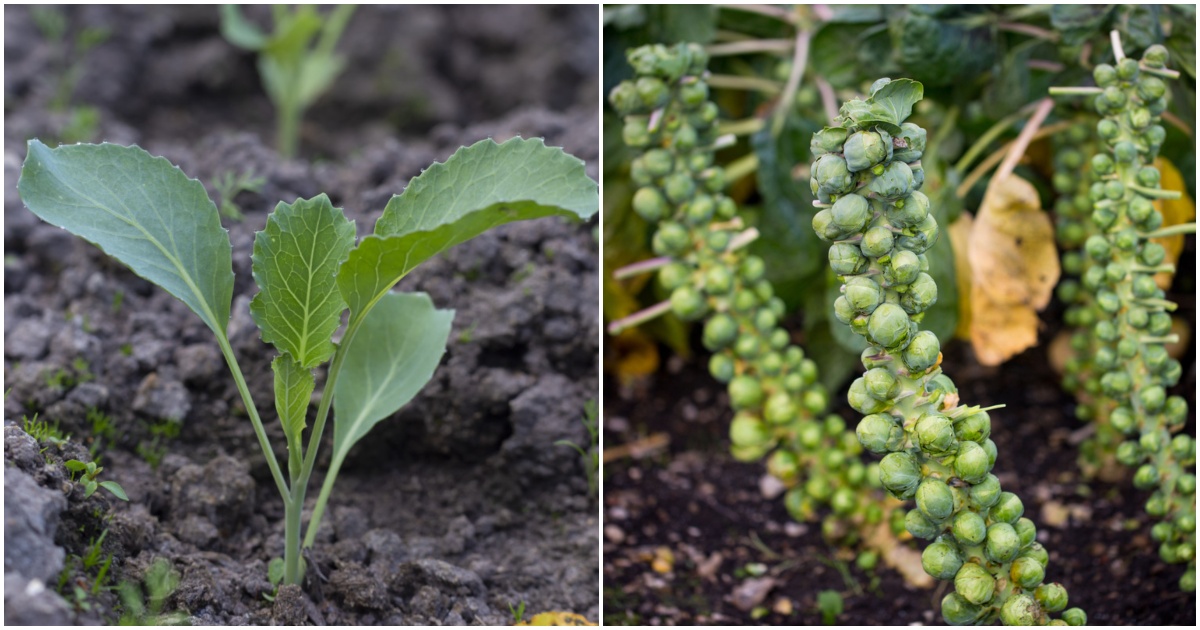
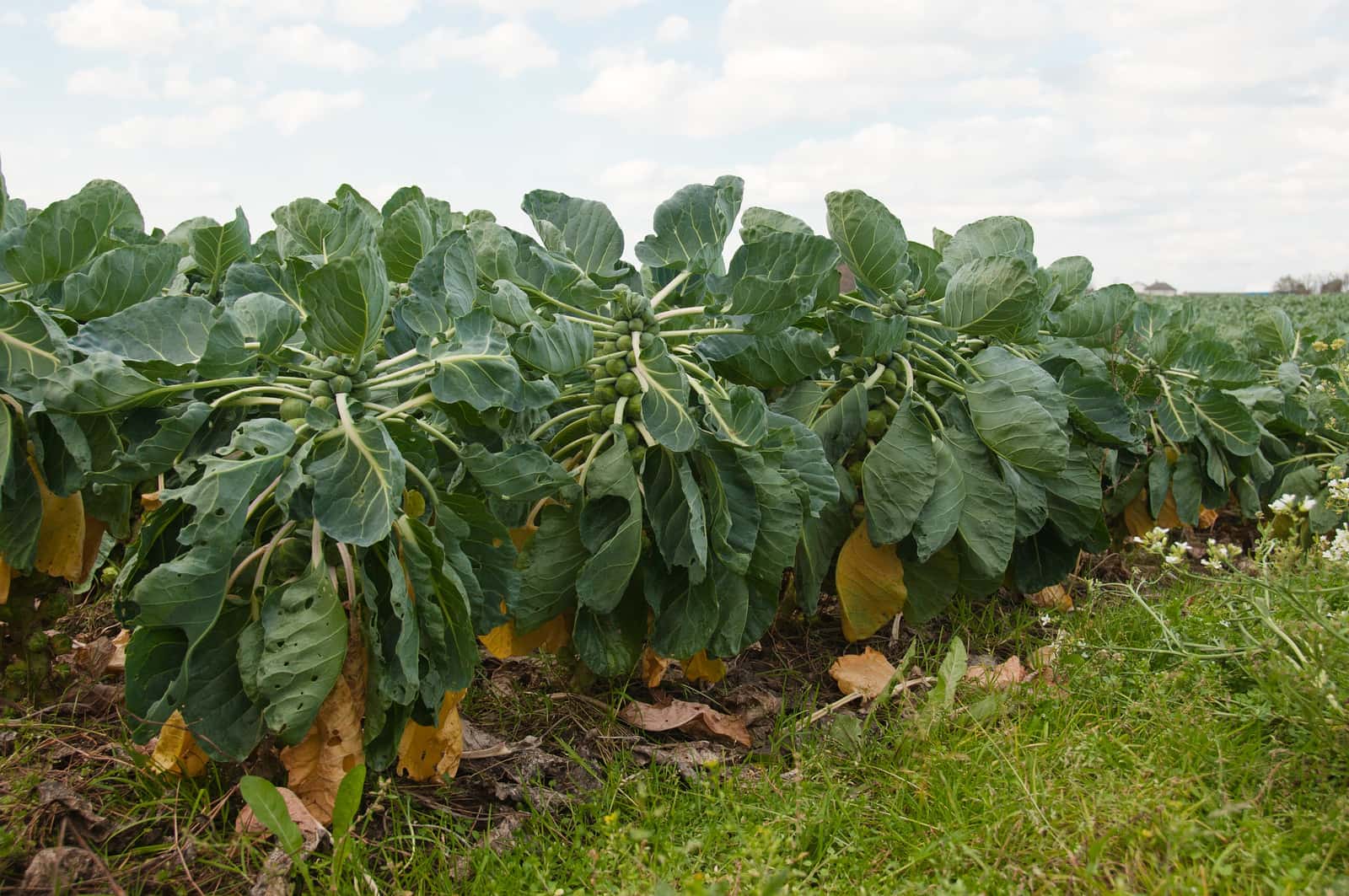
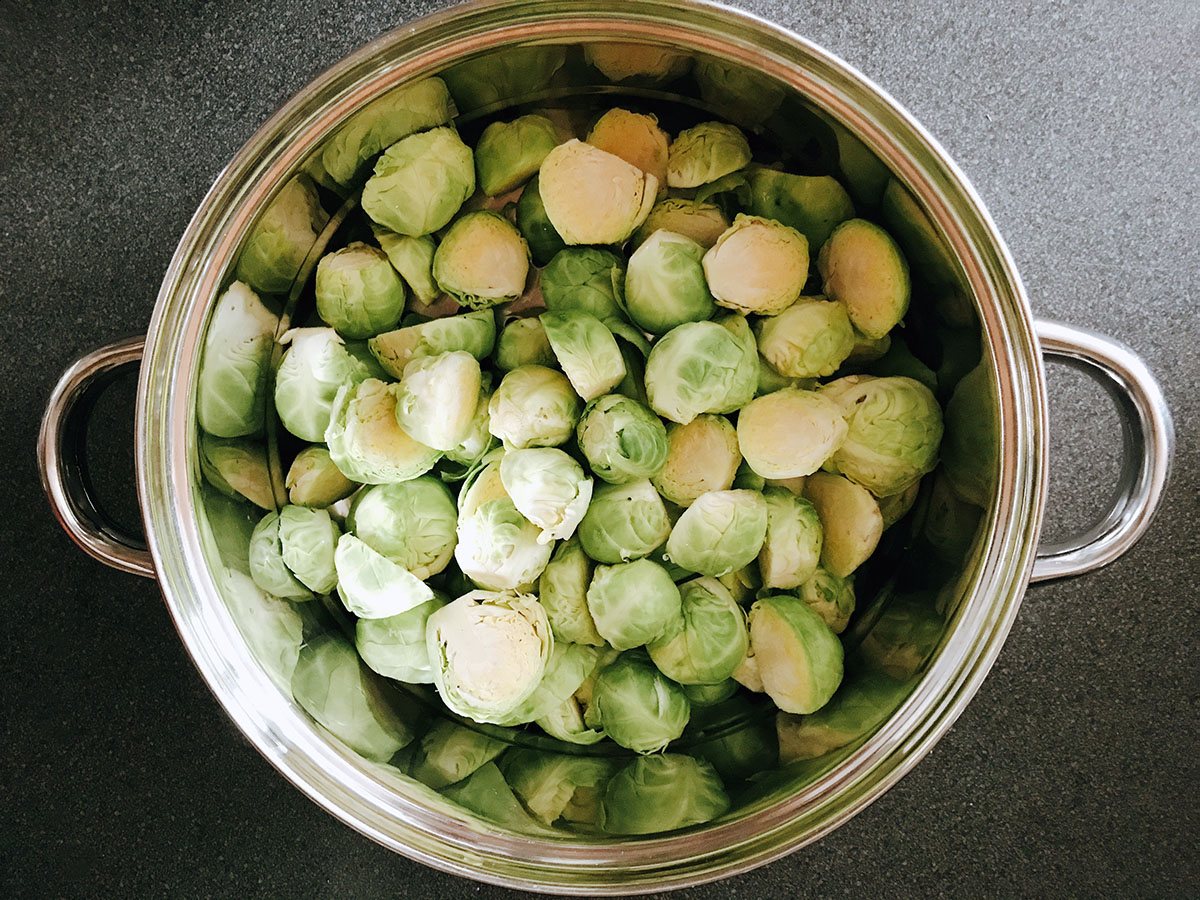
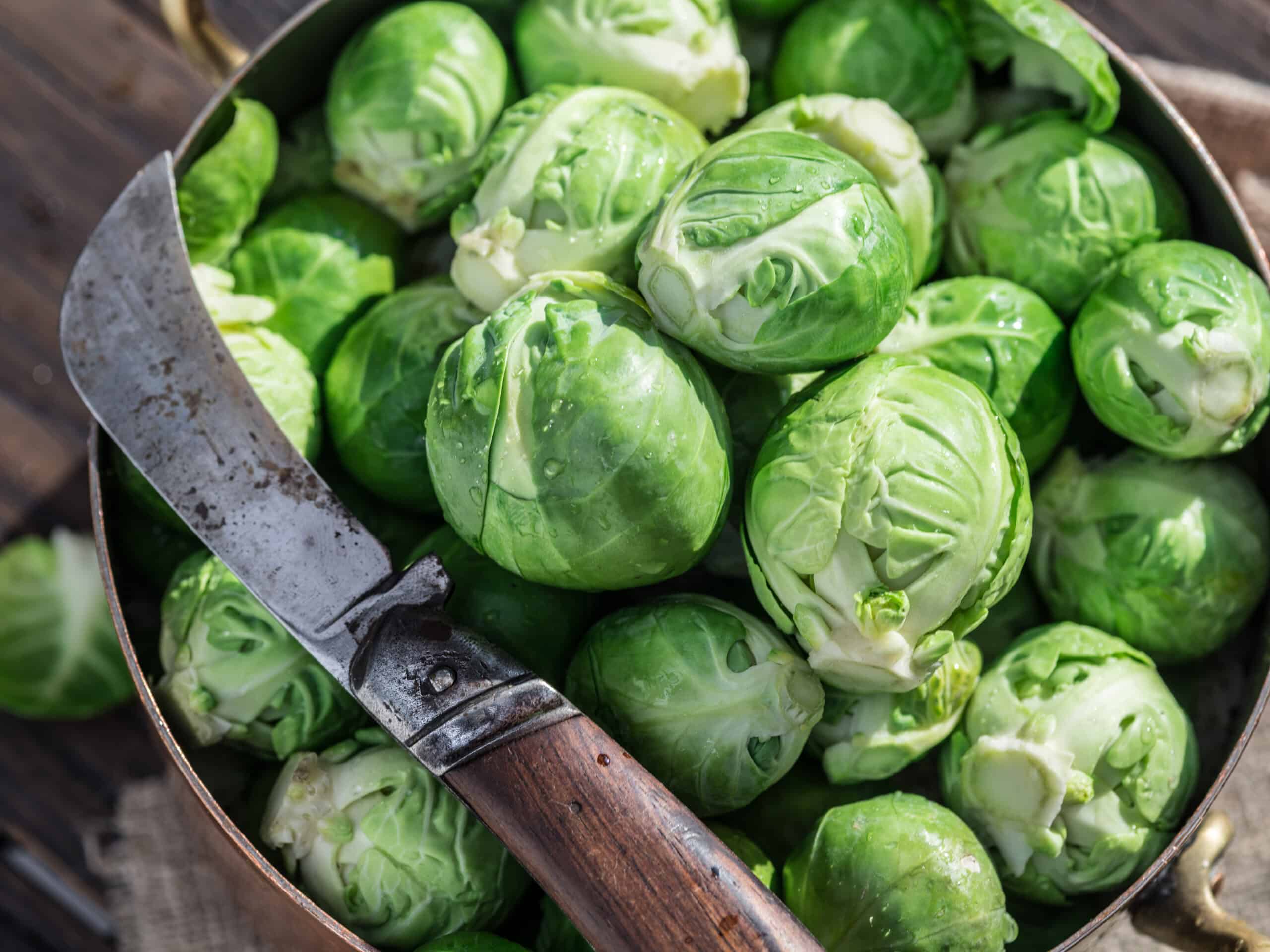
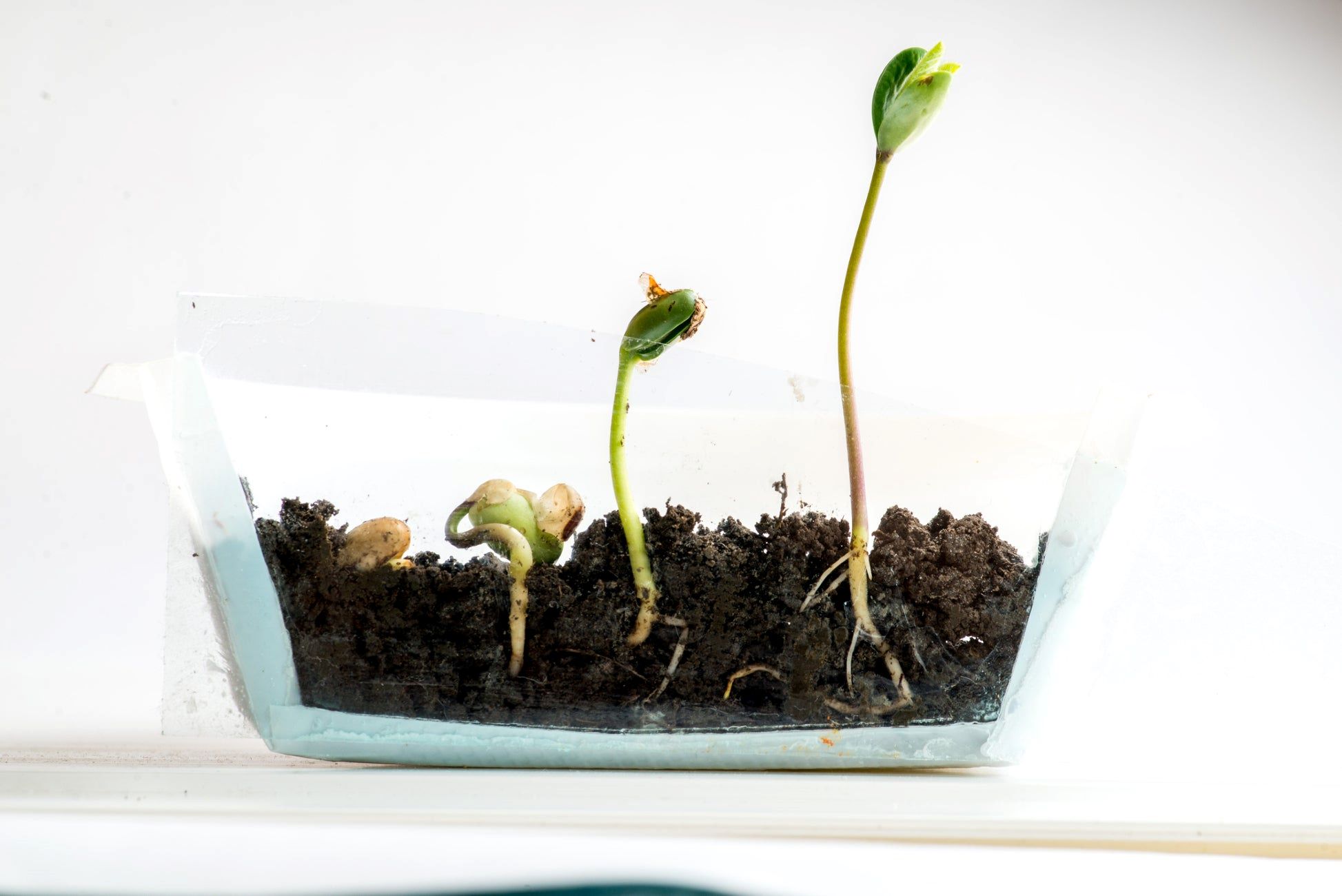
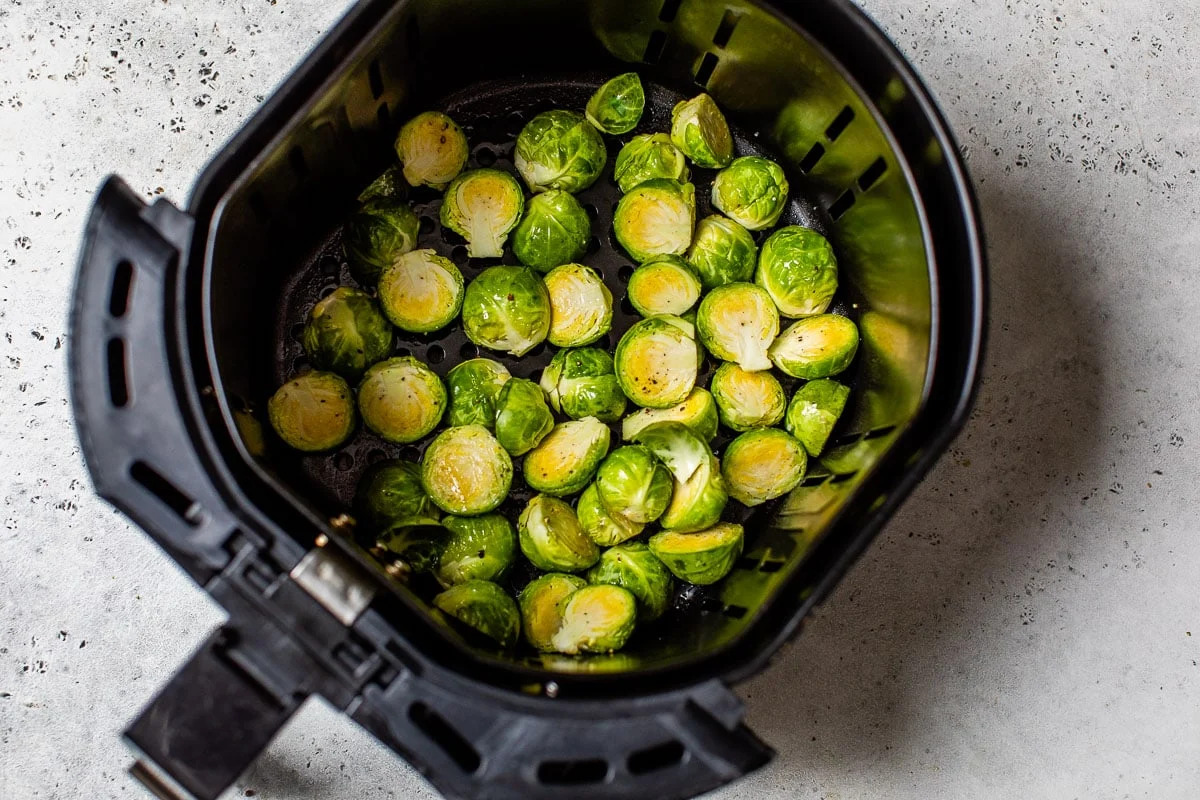
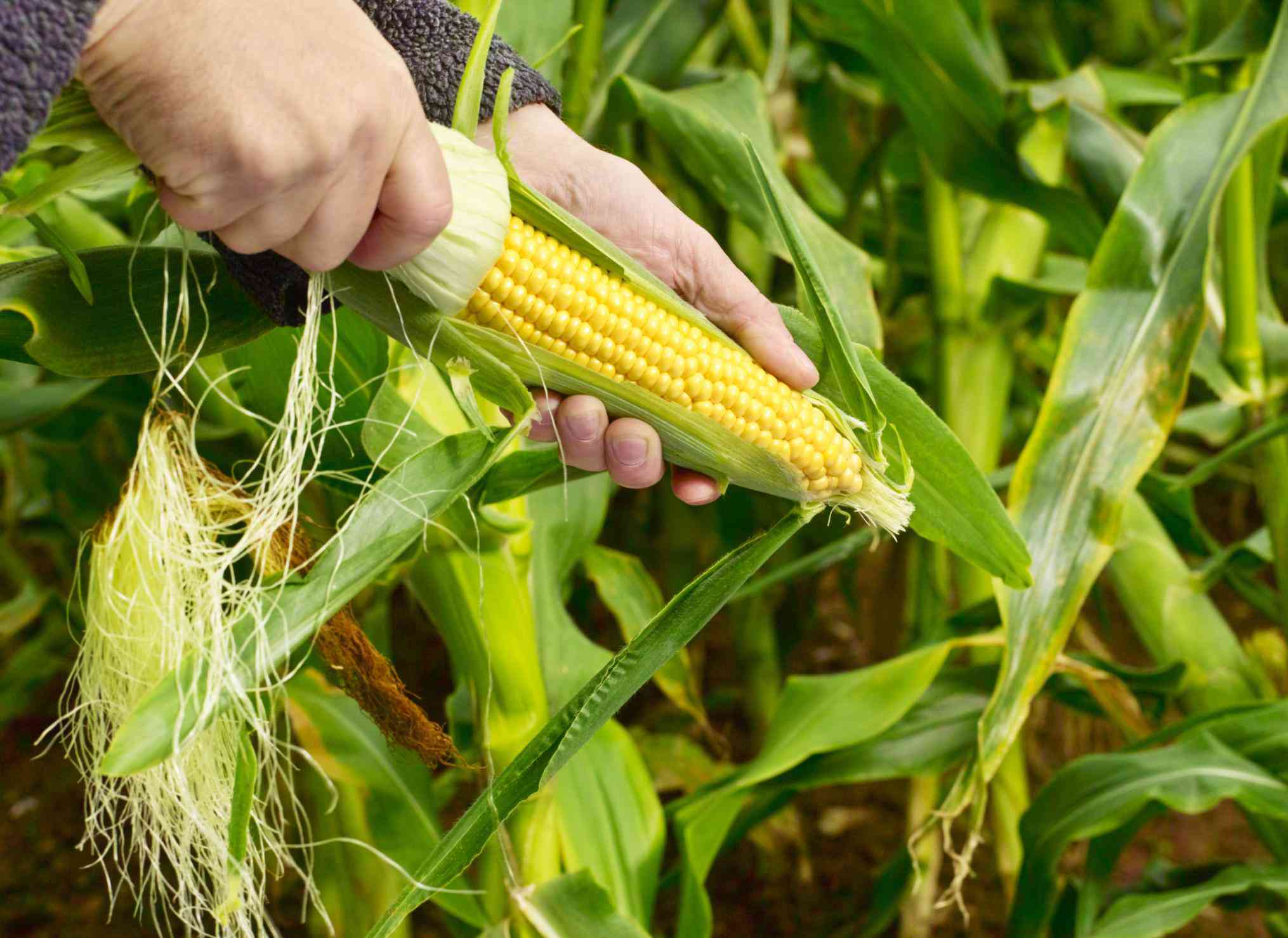
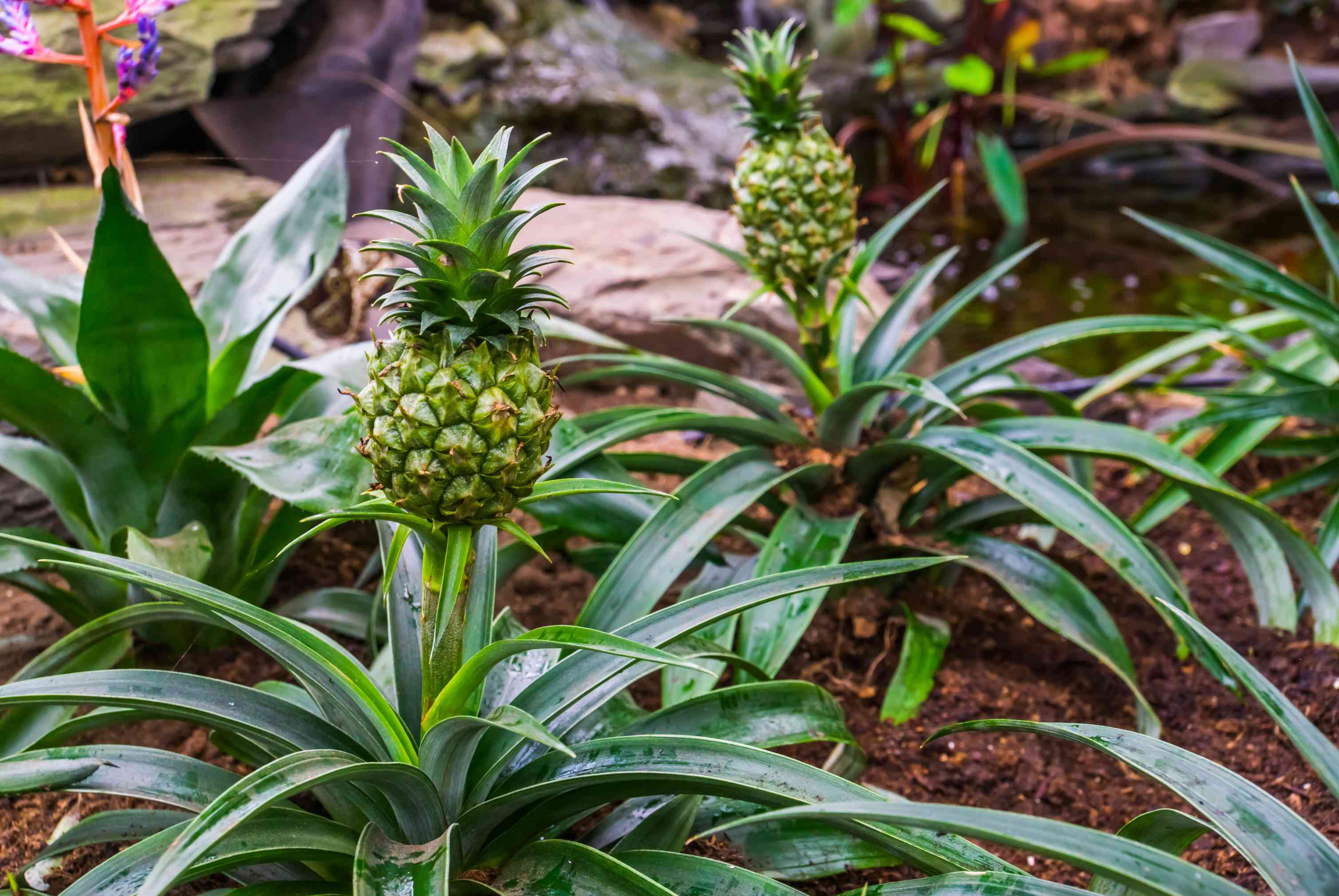
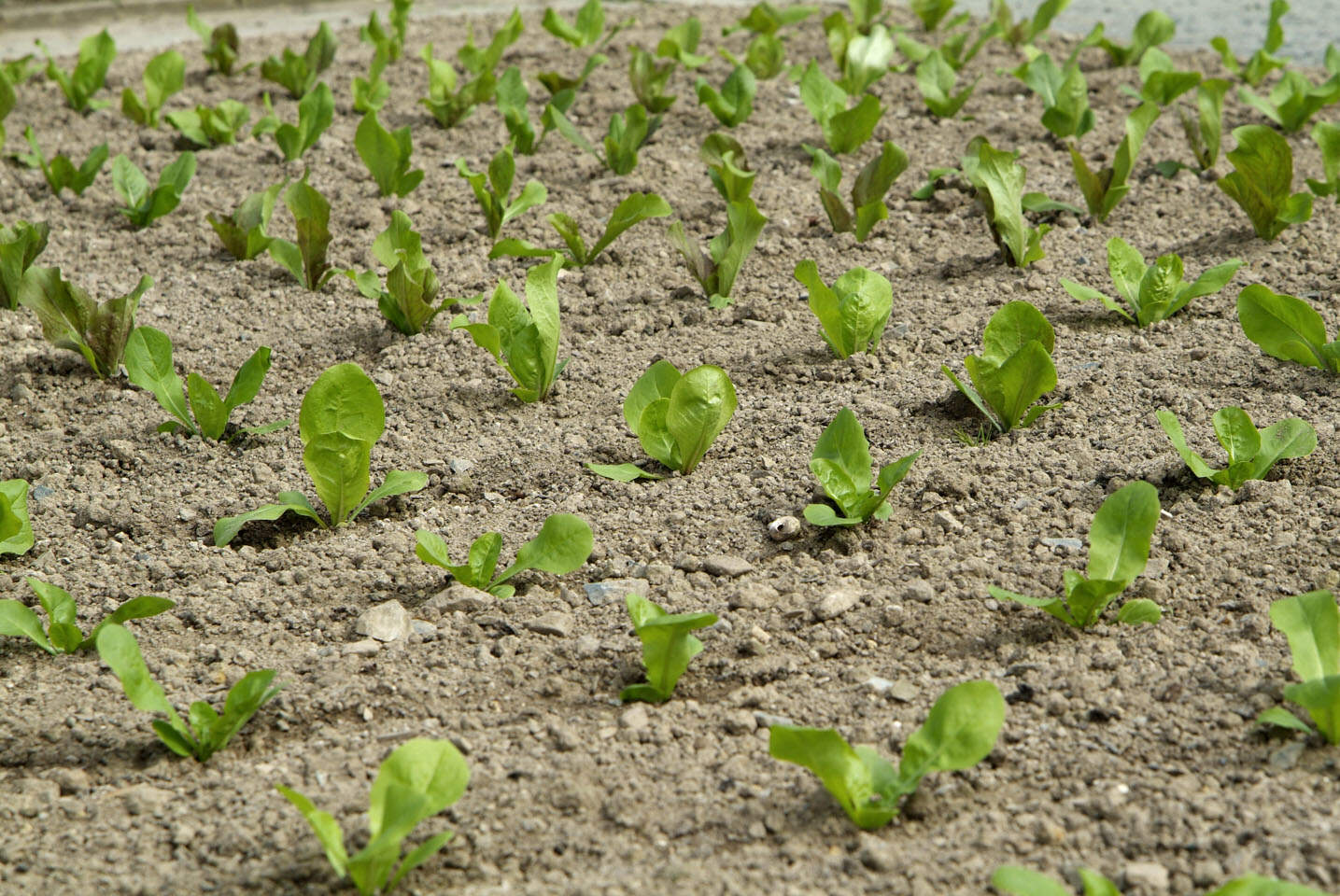
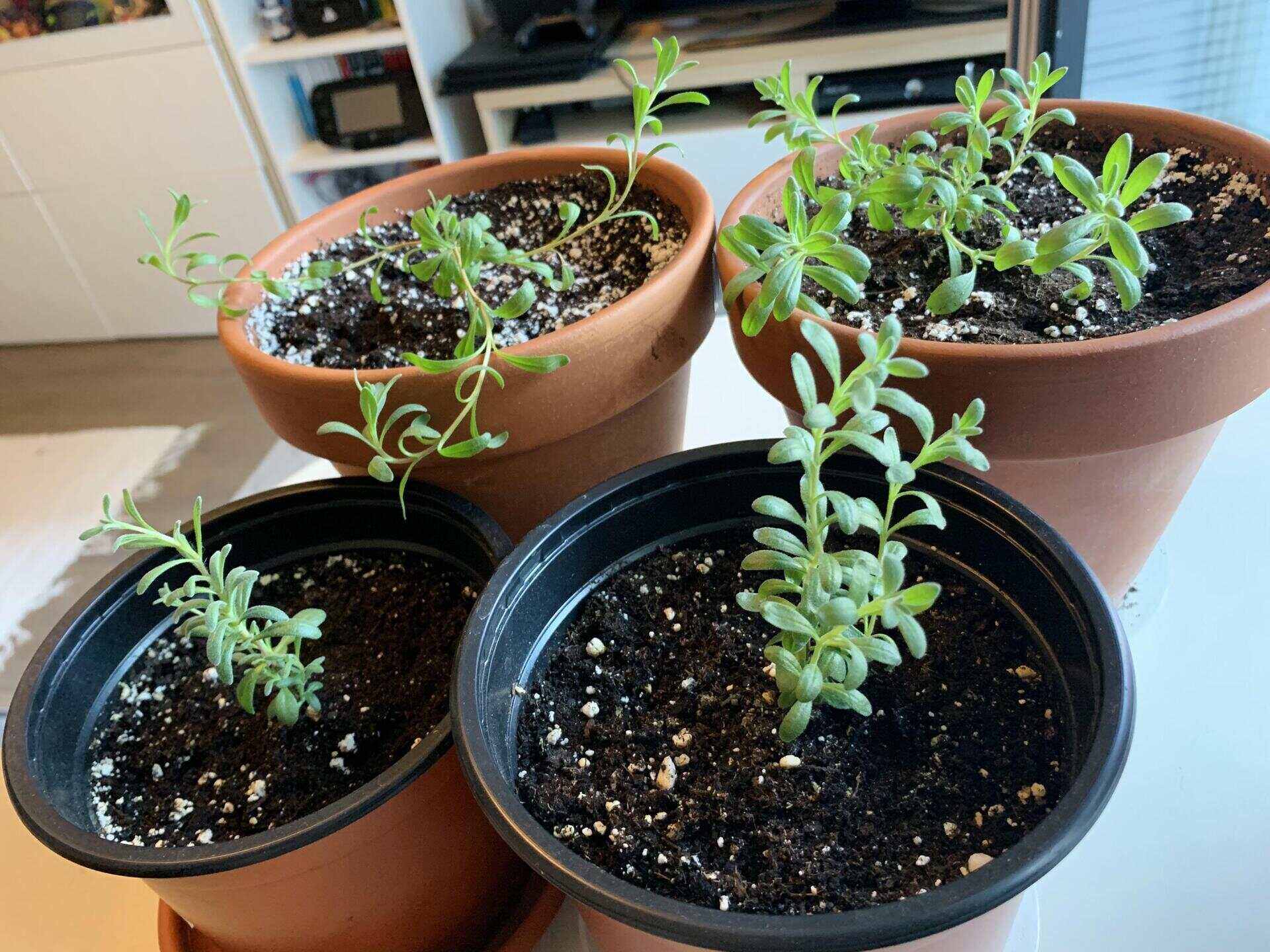
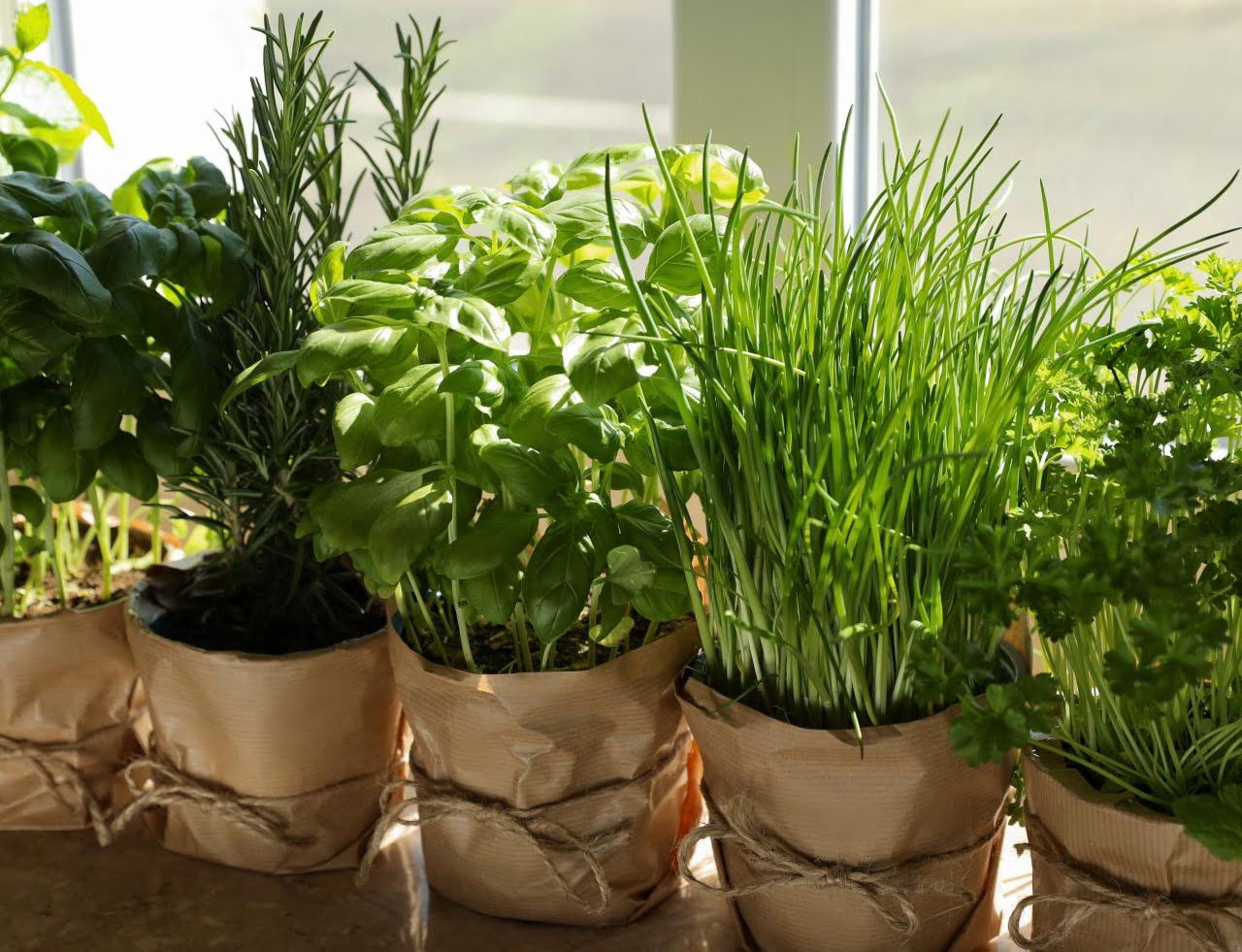
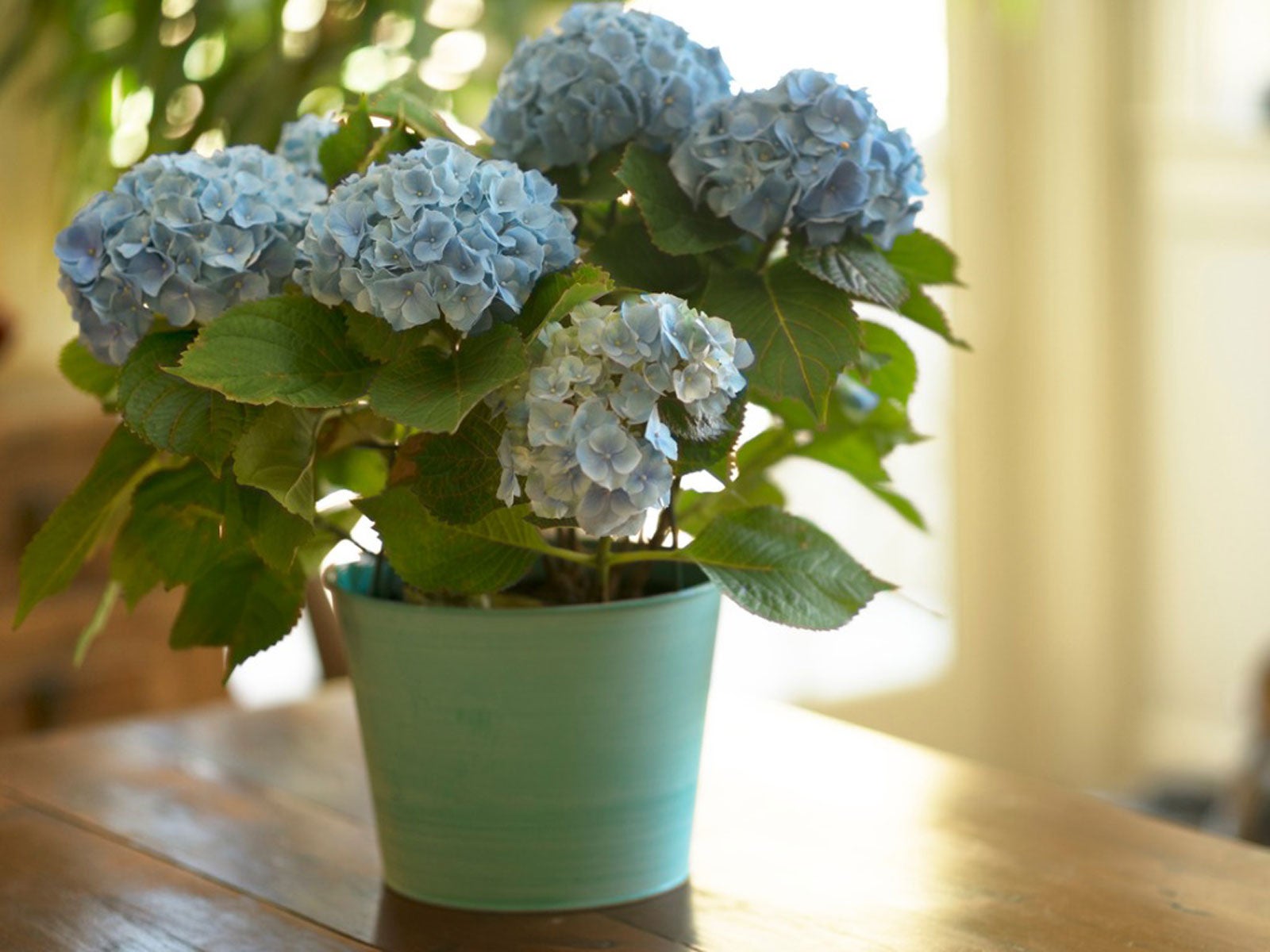
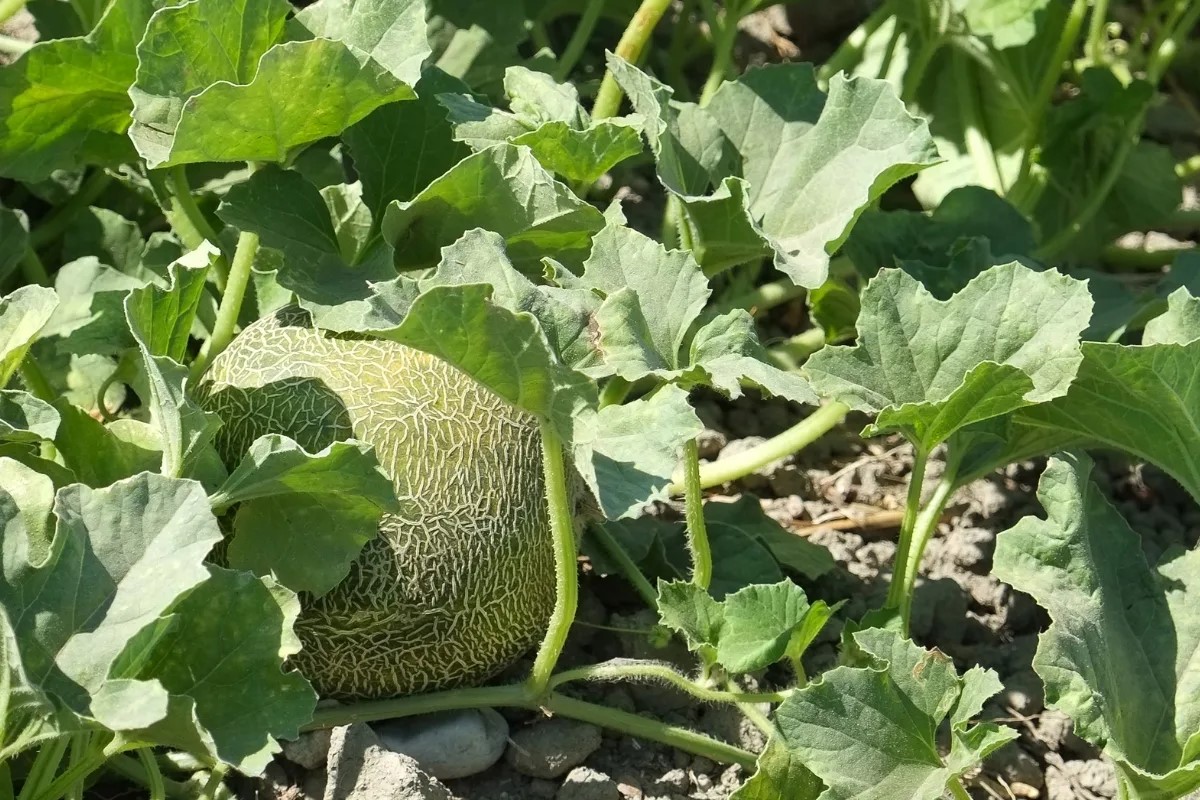
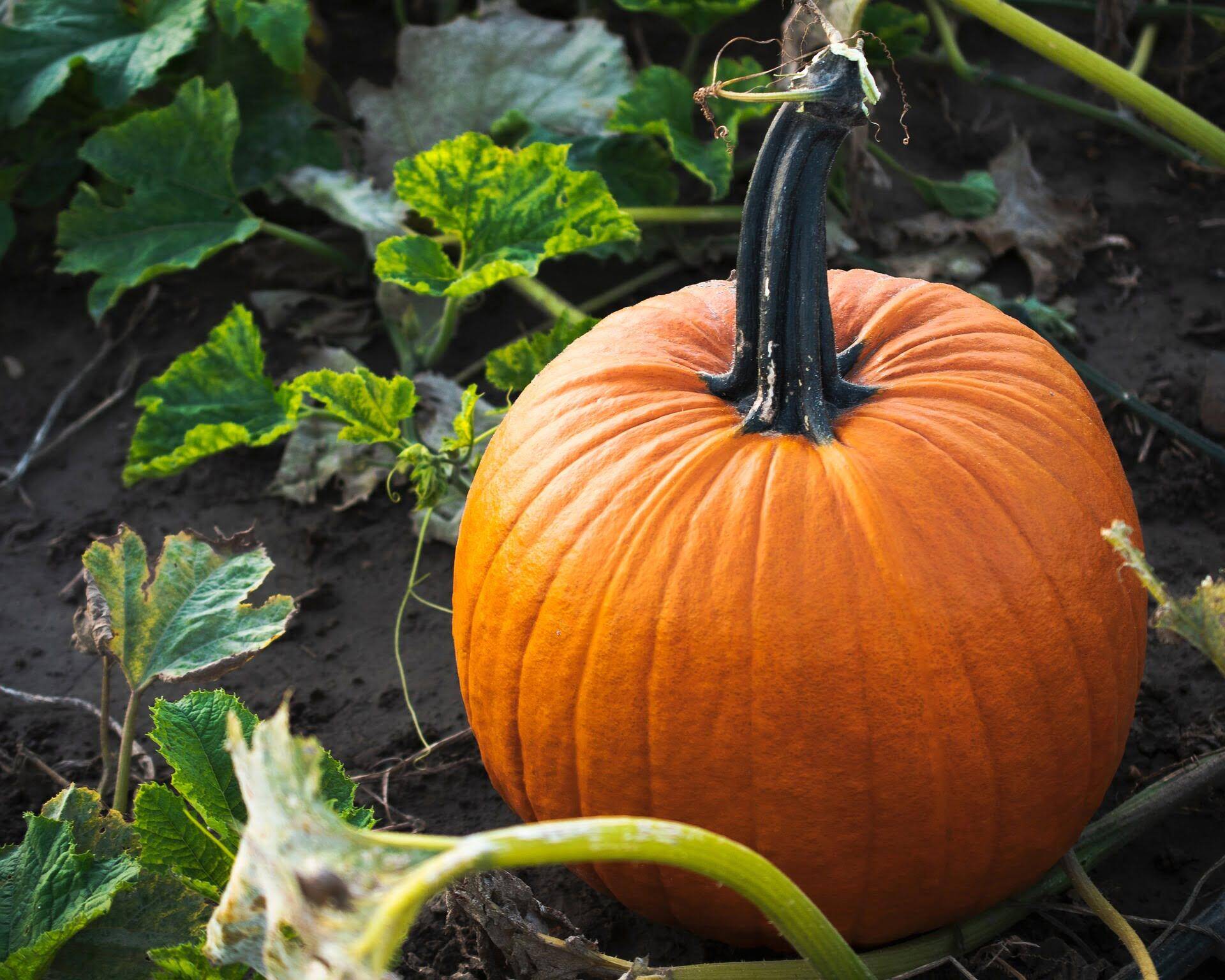

0 thoughts on “How Long To Grow Brussel Sprouts From Seed”